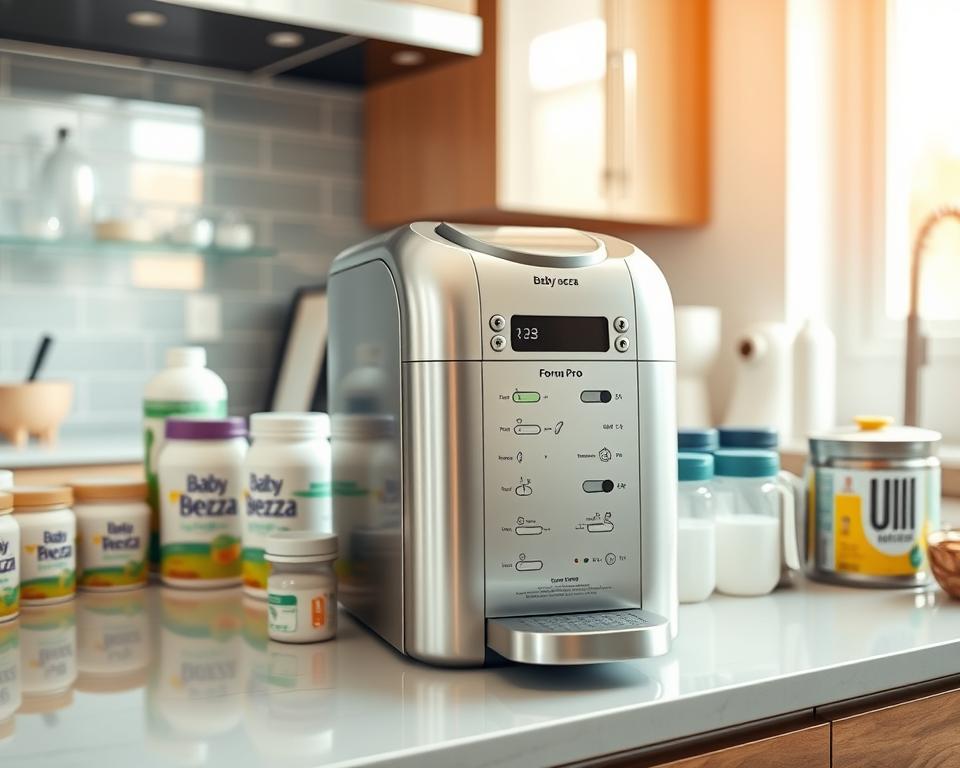Grease Trap Pumping: Keep Your Kitchen Clean & Safe
A typical restaurant can generate up to 2,000 gallons of grease waste annually. This accumulation of fats, oils, and FOG in commercial kitchens endangers pipe systems and the environment. Such a figure underscores the crucial role of grease trap emptying in keeping a sanitary, safe kitchen environment.
Regular restaurant grease trap cleaning is essential for both operational effectiveness and environmental compliance. By working with seasoned commercial plumbing services, such as All In Sanitation Services, you can dodge significant fines and environmental harm. This ensures your establishment stays in optimal condition.
Understanding Grease Traps and Their Importance
Oil traps are crucial in commercial kitchens, handling the significant amounts of fats, oils, and grease generated during food cooking. These devices prevent harmful substances from getting into public sewer systems, protecting wastewater treatment processes.
What are Grease Traps?
Designed to trap and separate fats, oils, and grease from wastewater, grease traps are essential in diners and food establishments. They ensure that unwanted materials do not block drains or pollute public sewage systems. The installation usually includes a tank that temporarily stores wastewater, allowing FOG to rise and settle while heavier solids sink to the bottom.
How Grease Traps Function
The operation of grease traps relies on gravity separation. When wastewater enters the trap, grease rises to the top due to its lower density, while heavier particles sink at the bottom. This process reduces the amount of grease entering drainage systems, allowing for effective fats oils and FOG disposal.
Key Role in Kitchen Hygiene
Regular cleansing of grease interceptors is crucial for kitchen hygiene. An clogged or clogged grease trap can lead to bad odors and draw pests. Effective grease trap pumping and upkeep guarantee a sanitary environment, preventing sanitation issues that could compromise food safety.
Why Routine Grease Trap Emptying is Essential
Routine grease trap pumping is crucial for a safe and effective kitchen environment. It is vital in avoiding drain clogs, guaranteeing environmental compliance, and reducing odors and pest infestations.
Avoidance of Drain Clogs
Regular emptying of grease traps prevents drain clogs. Fats, oils, and grease can accumulate and block the drains, interrupting kitchen operations. By maintaining grease traps, businesses can avoid costly repairs and guarantee uninterrupted operations.
Compliance with Environmental Regulations
Many cities have stringent rules about how to dispose of grease. Companies must adhere to these regulations to protect the municipal wastewater system. Regular pumping of grease traps helps businesses stay compliant, avoiding fines and legal problems. It shows a dedication to proper business methods.
Minimization of Odors and Pest Infestations
A sanitary grease trap minimizes unpleasant odors from decaying organic matter, making the kitchen more enjoyable. It also lowers the risk of pests like rodents and insects. Regular emptying of grease traps improves food service sanitation and hygiene.
Grease Trap Emptying: The Process Explained
The grease trap pumping process is essential for a sanitary kitchen environment. It ensures waste, especially fats, oils, and FOG, is handled efficiently. This reduces harm to pipe systems.
The Significance of Correct Cleansing Procedures
Following proper cleansing procedures is crucial for grease trap effectiveness. These methods guarantee thorough cleaning, preventing future clogs and odors. All In Sanitation Services emphasizes the significance of systematic cleansing, concentrating on grease and debris elimination. This ensures the grease trap working well and meets local laws on fats oils and FOG disposal.
Steps Involved in Grease Trap Emptying
The grease trap emptying process includes several key steps:
- Initial Evaluation: Assess the size and condition of the grease trap.
- Emptying: Thoroughly remove the contents, including liquid and solid waste, to guarantee a fresh start.
- Cleansing: Use specific equipment to wash out the trap, breaking down any solidified grease buildup.
- Leftover Waste Elimination: Use a shop vacuum to eliminate any leftover waste.
- Inspection: After emptying, conduct a complete check to ensure the trap’s components are undamaged.
By following these steps, the risk of spillage is reduced. It also prolongs the life of the grease trap and septic tanks, enhancing kitchen effectiveness.
In Summary
Oil trap upkeep and regular pumping are essential for commercial kitchens to function well. Ignoring these steps can lead to major issues, including non-compliance with laws, health risks, and unanticipated disruptions. Taking care of grease traps is crucial for kitchen safety and the success of diners.
Partnering with experts like All In Sanitation Services can improve grease trap upkeep. This partnership helps companies comply with environmental standards and creates a secure kitchen environment for employees. Such measures prolong the life of kitchen equipment and improve food hygiene.
Routine grease trap emptying supports a efficient kitchen operation and avoids fines. Adopting these practices results in a cleaner, healthier, and more productive kitchen environment for all involved in food cooking.


